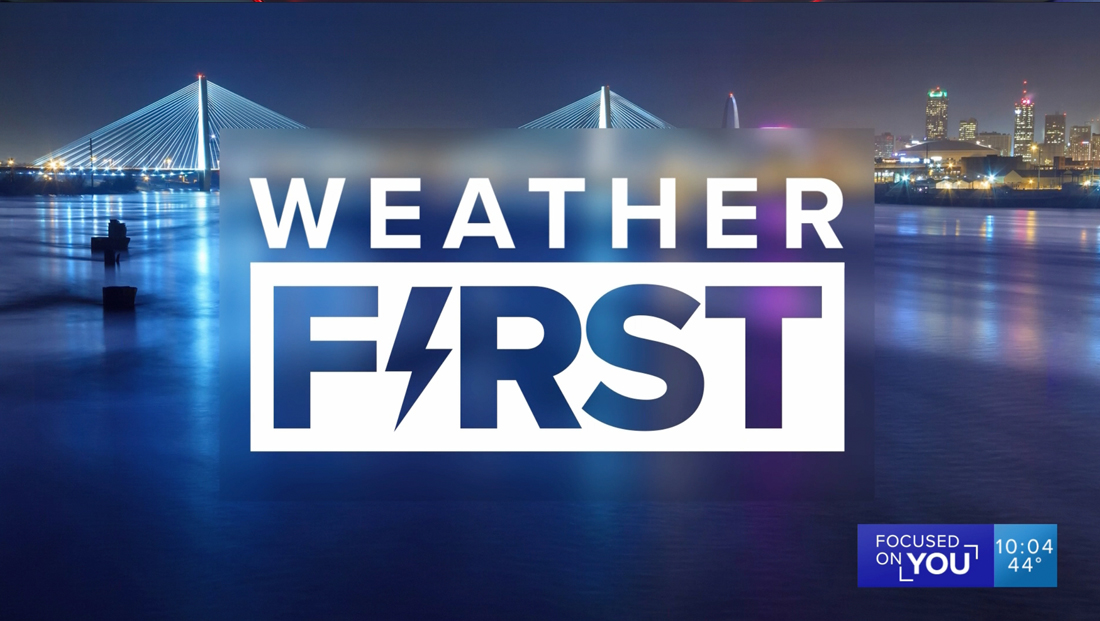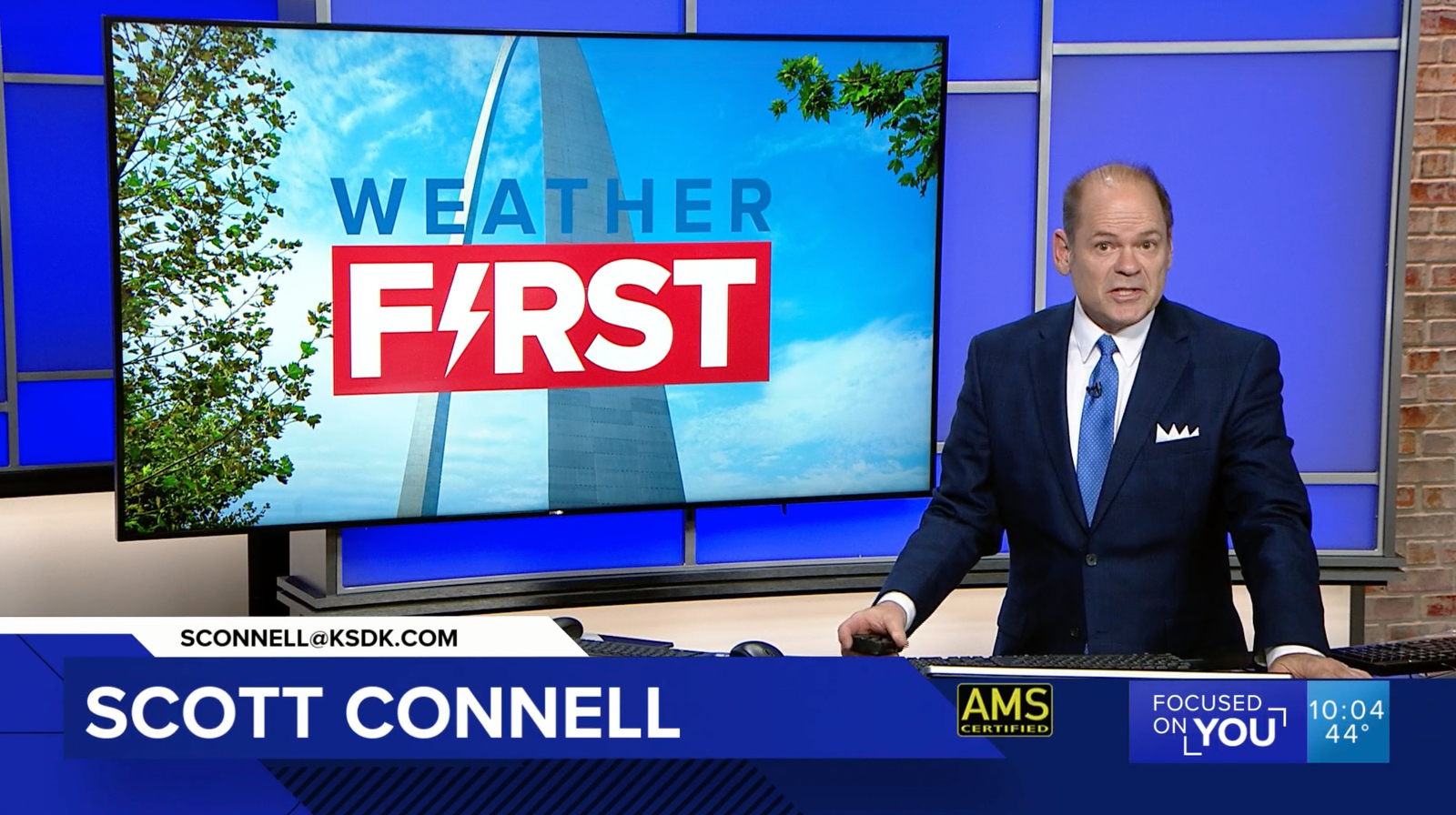St. Louis station switches forecasts to ‘Weather First’ banner

Subscribe to NCS for the latest news, project case studies and product announcements in broadcast technology, creative design and engineering delivered to your inbox.
St. Louis station KSDK switched over to using “Weather First” branding in October 2022.
The move comes after multiple CBS-owned stations in other markets transitioned to either the “First Alert” or “Next Weather” branding, the latter of which is a newer entry into world of TV news weather banners.
“Weather First” also appears to be an essentially new take on weather branding.
Along with the new name, Tegna-owned KSDK created a new logo for the name, featuring lettering set in Proxima and a lightning bolt icon in place of the “I” in “First” — which some could see as a bit of a stretch.
The station previously branded as “5 On Your Side Weather.”

The name itself could be interpreted as a symbol of the station’s mission of putting weather first, meaning it is a priority at the station.
St. Louis is located outside of the area most officially refer to as Tornado Alley, but it’s close enough that it sees its share of tornados and other severe storms. It’s also located in a part of the country that, despite being adjacent to what many consider the “South,” still gets snow and ice during the winter.
“First” can also be used in the sense of “First Alert” to emphasize that the station will be “first” to inform its viewers of severe weather events and what they should do.
Another interpretation of a station using this name is that it starts every newscast with a brief weather report, something that some stations do, though KSDK does not do that regularly, especially on days when there’s another major news story or no significant weather developments.
Finally, the “Weather First” could be a subtle poke at CBS affiliate KMOV, which uses the branding “4Warn” (“4” being a reference to its channel number) — with the implication being that “First” is better than “4.”
According to KSDK broadcast meteorologist Anthony Slaughter, the station is also rolling out what it calls “Weather First Alert Days” and “Storm Alert Days” (though in some graphics, the latter is formatted as the redundant “Storm Alert Alert Days.”
Today at @ksdknews, we debuted our new #WeatherFIRST brand, our main mission is to communicate more clearly when inclement weather is coming! All weather is not the same…This is an explainer that will help you understand when to be weather aware. #STLwx #STL #StLouis #weather pic.twitter.com/wF03fZSlTn
— Anthony Slaughter (@WthrmnSlaughter) October 18, 2022
Weather First Alert days are defined as “nuisance” weather that’s inconvenient but non-life threatening — so likely a day with rain that might require viewers to bring an umbrella with them.
Storm Alert Days, which has its own logo where the lightning bolt stands in the “L” in a “Alert” — which is an even bigger stretch than the “I” — is used for dangerous, life-threatening weather with major impacts.
The practice of using “alert days” — no matter what they’re called — is somewhat controversial. In some cases, there has been criticism that corporate management at a group’s home office make the decision and not the local forecasters, though there have not been any reports of Tegna using that practice.
Others claim labeling days with the word “alert” is alarmist and can be overused, meaning that the word loses its potency when there is truly weather than the public needs to be alerted of.
KSDK, along with other stations, appears to have taken at least some of that into consideration by creating two separate “alerts,” though both still make use of that word and it’s not always clear how well viewers might understand the difference.
Subscribe to NCS for the latest news, project case studies and product announcements in broadcast technology, creative design and engineering delivered to your inbox.





tags
KMOV, ksdk, St. Louis
categories
Branding, Broadcast Industry News, Featured, Local News, Weather